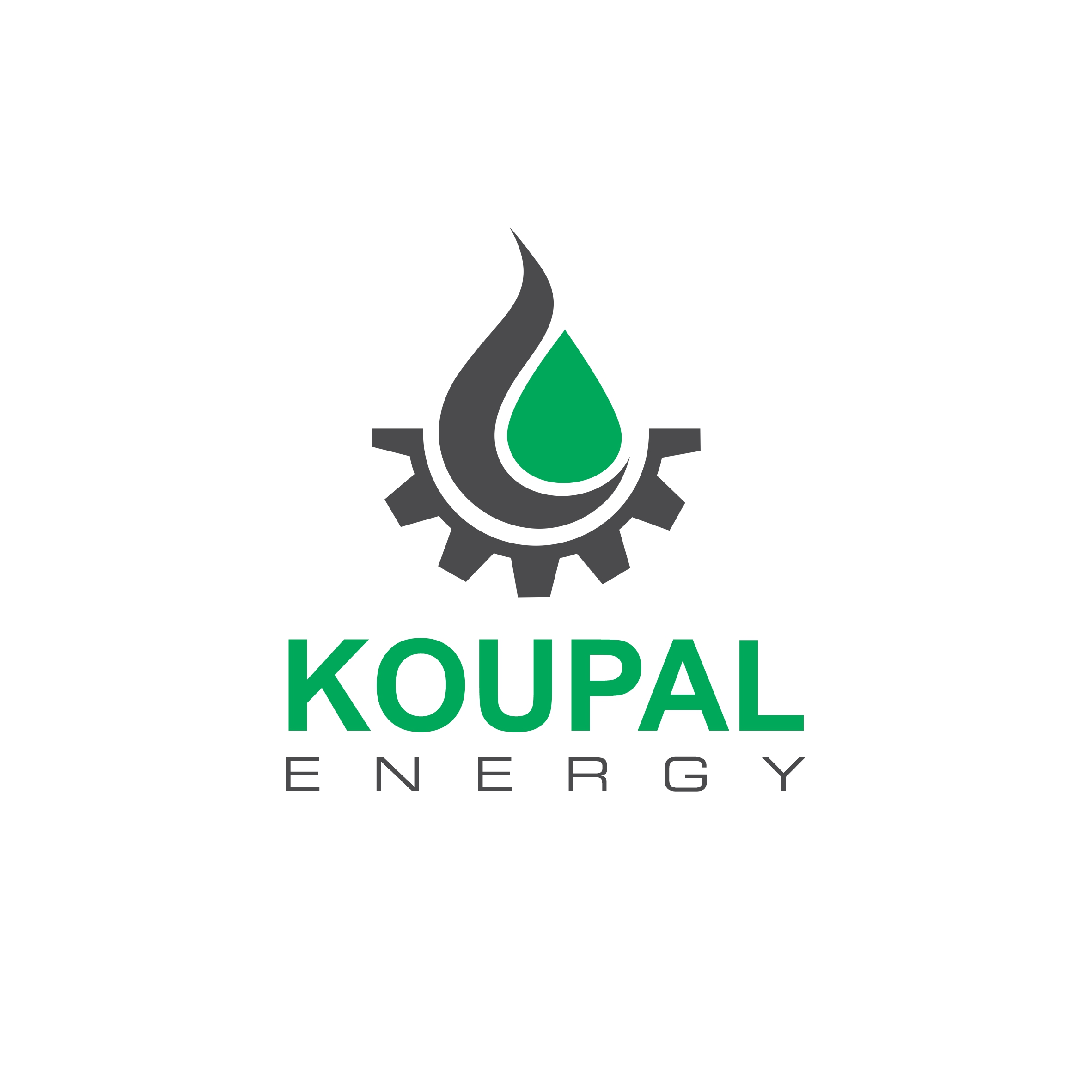Speaker
Description
Improving oil recovery from reservoirs is an important challenge in the oil industry. In recent years, the use of ultrasonic waves to stimulate oil wells (reducing formation damage) and change the rheological properties of crude oil has received more attention. From the economic, environmental and operational safety perspectives, ultrasonic wave radiation has significant advantages over other conventional methods of improving oil recovery, such as acid injection and hydraulic fracturing. In this regard, the irradiation of ultrasonic waves to crude oil leads to a decrease in oil viscosity and an improvement in the relative permeability of oil in the porous media of rock. The phenomenon of cavitation and vibration created in crude oil are the main factors in changing the properties of crude oil with ultrasonic wave radiation. In this research, the effect of ultrasonic waves on the amount of asphaltene deposition in a transparent porous media micromodel has been investigated. According to the obtained results, irradiation of ultrasonic waves to crude oil has led to a decrease in the amount of asphaltenes deposition in the porous media, and as a result, reduced the blockage of the rock pores. The analysis of the images taken from the micromodel shows that the irradiation of ultrasonic waves to crude oil by breaking the asphaltene clusters in the crude oil prevents their deposition in the rock pores especially near the fracture. The results of this research are used in the improved oil recovery operation from reservoirs with the problem of asphaltene deposition.
| Student presentation contest | Opt in |
|---|---|
| Student Poster Contest | Opt In |
| Journal Submission | Consider for Journal Submission |




